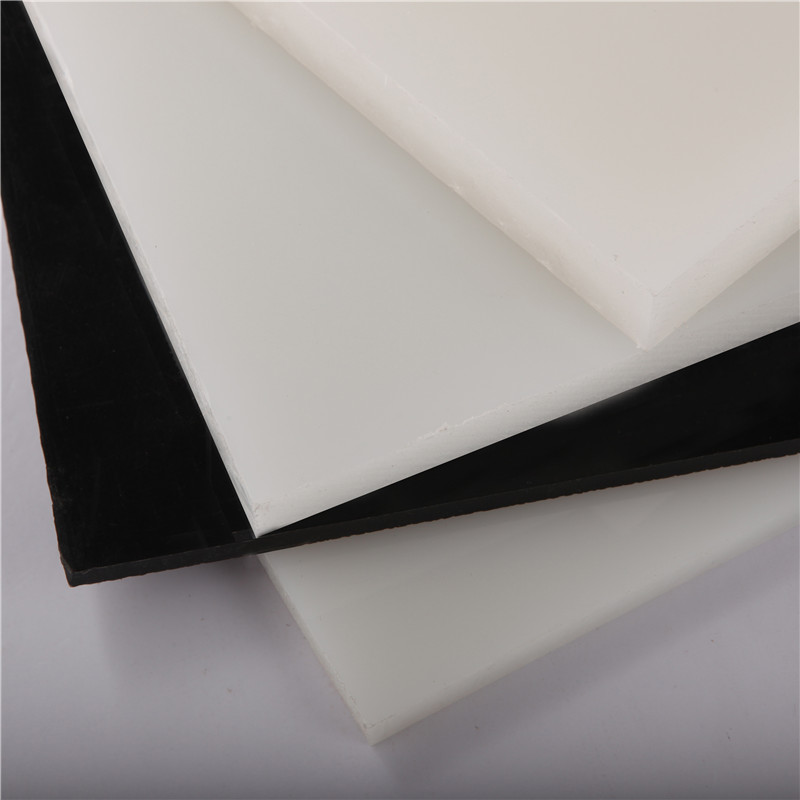Des . 04, 2024 15:57 Back to list
Understanding CPVC Tubes and Their Applications in Plumbing Systems
Understanding CPVC Tubes Properties, Applications, and Benefits
Chlorinated polyvinyl chloride (CPVC) tubes have emerged as an essential material in various industries, boasting considerable advantages over traditional piping materials. This article aims to explore the properties, applications, and benefits of CPVC tubes, establishing why they are increasingly preferred in plumbing, construction, and industrial applications.
Properties of CPVC Tubes
CPVC is a thermoplastic polymer that is produced by the chlorination of polyvinyl chloride (PVC). The chlorination process enhances the material's properties, making it suitable for more demanding applications. One of the distinctive features of CPVC is its high-temperature resistance, which allows it to withstand temperatures up to 200°F (93°C) and pressures that other materials cannot handle effectively.
Additionally, CPVC is known for its exceptional chemical resistance. It can resist various acids, bases, and salts, making it ideal for transporting corrosive substances. The tubes are also lightweight compared to metal counterparts, which facilitates easier installation and reduces shipping costs. Moreover, their smooth inner surfaces contribute to lower frictional losses and higher fluid flow rates.
Applications of CPVC Tubes
CPVC tubes find extensive use in numerous fields, including residential, commercial, and industrial sectors. In residential plumbing systems, they are often utilized for hot and cold water distribution due to their temperature resilience and longevity. CPVC is particularly popular in areas where water quality is a concern, as it is not prone to leaching harmful chemicals into the water supply, unlike some metal pipes.
In commercial settings, CPVC is employed for various applications such as fire sprinkler systems, due to its ability to withstand high temperatures and its low combustibility. Additionally, the pharmaceuticals industry utilizes CPVC tubing for transporting chemicals, as their resistance to corrosion ensures the integrity of the substances being transported.
cpvc tube

In the industrial sector, CPVC is frequently used in chemical processing plants. Its ability to handle aggressive chemicals safely without compromising structural integrity makes it a preferred choice. Furthermore, CPVC's lightweight nature simplifies handling and installation, allowing for faster project completion.
Benefits of Using CPVC Tubes
The benefits of utilizing CPVC tubes extend beyond their properties and applications. First and foremost, the cost-effectiveness of CPVC is significant. While the initial cost might be higher than some alternatives, the longevity and durability of CPVC tubes often result in lower maintenance and replacement costs over time.
Another notable benefit is the ease of installation. CPVC is available in a range of sizes and thicknesses, and its lightweight nature allows for uncomplicated handling. Furthermore, installation does not require the same level of expertise as metal pipes, making it accessible for more DIY projects.
Additionally, CPVC contributes to energy efficiency. Its insulating properties minimize heat loss in hot water applications, leading to improved energy conservation and lower utility bills. Furthermore, its smooth walls promote better flow rates, reducing the energy required for pumping fluids.
Finally, CPVC is an environmentally friendly option. Some manufacturers incorporate recycled materials into their production processes, and its long lifespan means less material waste overall. Additionally, CPVC is entirely recyclable, further reinforcing its appeal as a sustainable option within modern plumbing systems and industrial applications.
Conclusion
In conclusion, CPVC tubes offer numerous benefits that make them a favorable choice across various applications. Their high-temperature resistance, chemical stability, light weight, and ease of installation set them apart from traditional piping materials. As industries continue to pursue efficiency, durability, and safety in their operations, the adoption of CPVC tubes is likely to grow, making it a crucial player in the future of piping solutions.
-
High-Precision PVC Rigid Sheets for Vacuum Forming | AI-Optimized
NewsAug.05,2025
-
Durable PVC-M Water Supply Pipes | 60-Year Life
NewsAug.04,2025
-
Premium HDPE Water Supply Pipes: Durable & Leak-Proof
NewsAug.03,2025
-
Premium PVC-M Water Supply Pipe - Durable & Efficient
NewsAug.02,2025
-
HDPE Drainage & Irrigation Pipe - Durable, Efficient Solutions
NewsAug.01,2025
-
Premium PVC Transparent Pipe: Durable & Clear Solutions
NewsJul.31,2025

